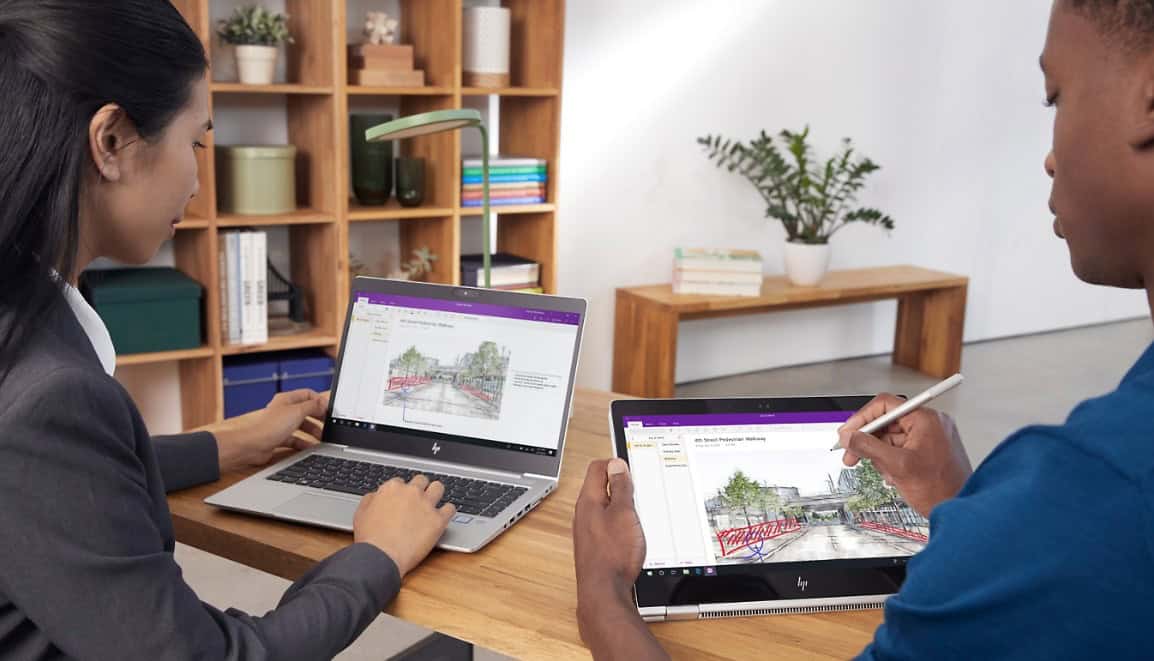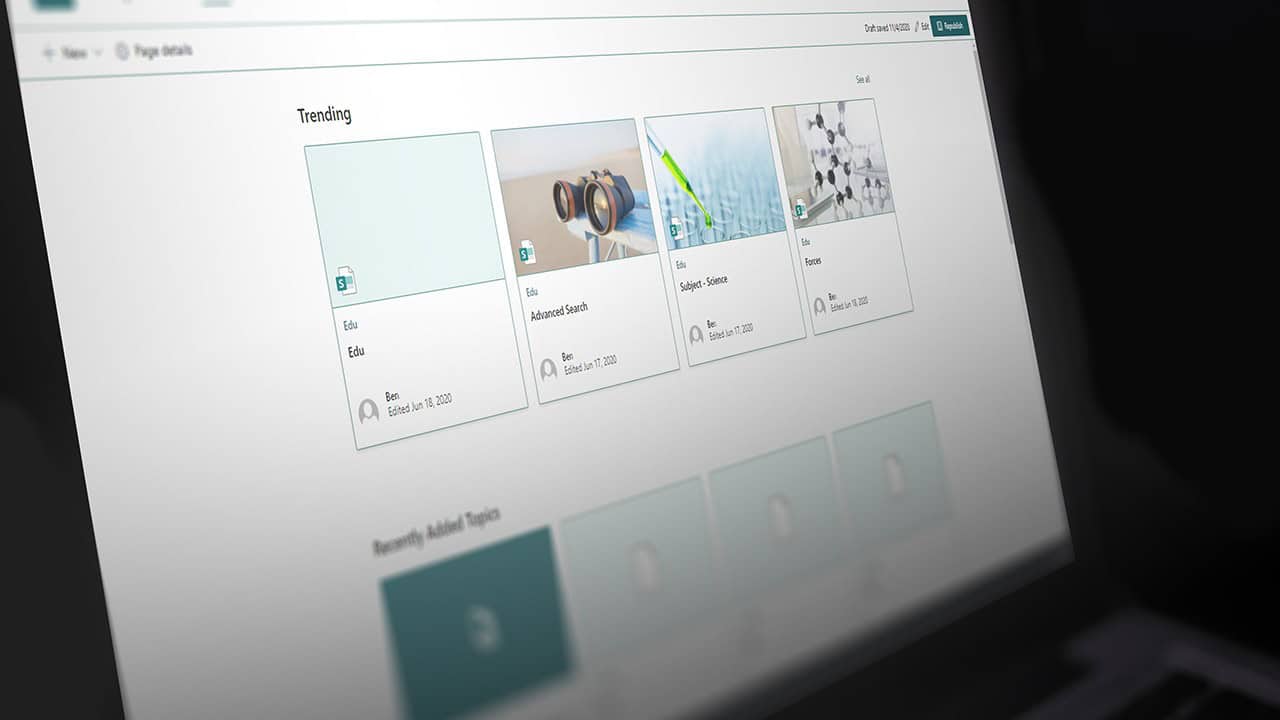Microsoft has announced that support for Windows 10 will officially end in October 2025. As the Windows 10 end of life approaches, organisations and individuals using Windows 10 need to plan accordingly to avoid potential security risks and compatibility issues. This transition marks the end of a decade-long journey for the operating system, which will not receive new security updates, non-security updates, or assisted support beyond this point.
Windows 10 End Of Life: Understanding Your Options
While running Windows 10 without support is possible, it introduces risk. Systems will become vulnerable to any new security threats since no further updates will be issued. It could also invalidate your compliance with regulations due to the software being out of date. As time progresses, third-party applications will update their requirements and may stop supporting older operating systems. This could lead to software incompatibility, affecting productivity and limiting access to new features and improvements.
How To Approach Transitioning To Windows 11
Upgrading to Windows 11 is the most straightforward approach, provided your IT hardware meets the system requirements. For those whose devices don’t qualify, Microsoft has outlined steps to potentially bypass certain checks, allowing Windows 11 installation. However, this is not recommended due to the risks of running unsupported setups, which could lead to compatibility and security issues.
Switching To An Alternative Operating System
If upgrading hardware or operating systems within the Windows ecosystem isn’t feasible, switching to a Linux distribution might be worth considering. This is particularly relevant for systems that can’t be upgraded but are still functionally robust. Transitioning to Linux requires technical knowledge and could involve significant changes in how your applications and operations run.
Purchasing Extended Security Updates
Microsoft offers Extended Security Updates (ESUs) for Windows 10, which will be available until 2028. These updates are not free, and costs will increase each year. Those who utilise this option might find themselves paying significantly more than with other options by the third year. While expensive, this option extends the life of your current setups, providing more time for planning hardware upgrades or system transitions.
Investing In New Hardware
Another option is to purchase new PCs that support Windows 11. This might be necessary for those running critical business applications that require up-to-date security and functionality. Although this is the most costly solution, it ensures compatibility with the latest technologies and security standards.
Recommendations
As the end-of-support date for Windows 10 approaches, consider the following strategies:
- Evaluate Your Current Setup: Assess whether your hardware can support Windows 11. If upgrades are needed, plan them well in advance to avoid disruptions.
- Review Security Needs: For systems that cannot be immediately upgraded or replaced, consider interim solutions like ESUs or third-party security patches to mitigate risks.
- Plan For The Future: Begin budgeting for new hardware or software licenses as needed. Transitioning to new systems can be costly and time-consuming, so early preparation is crucial.
Windows 10 End Of Life: What Fits Best For Your Organisation?
The end of support for Windows 10 signifies a critical point for users to reassess their technology strategy. By understanding the available options and planning ahead, organisations can ensure continuity, maintain security, and leverage new technological advancements effectively.
Get in touch with one of our experts today to discuss your options for the Windows 10 end of life:
Contact Us




